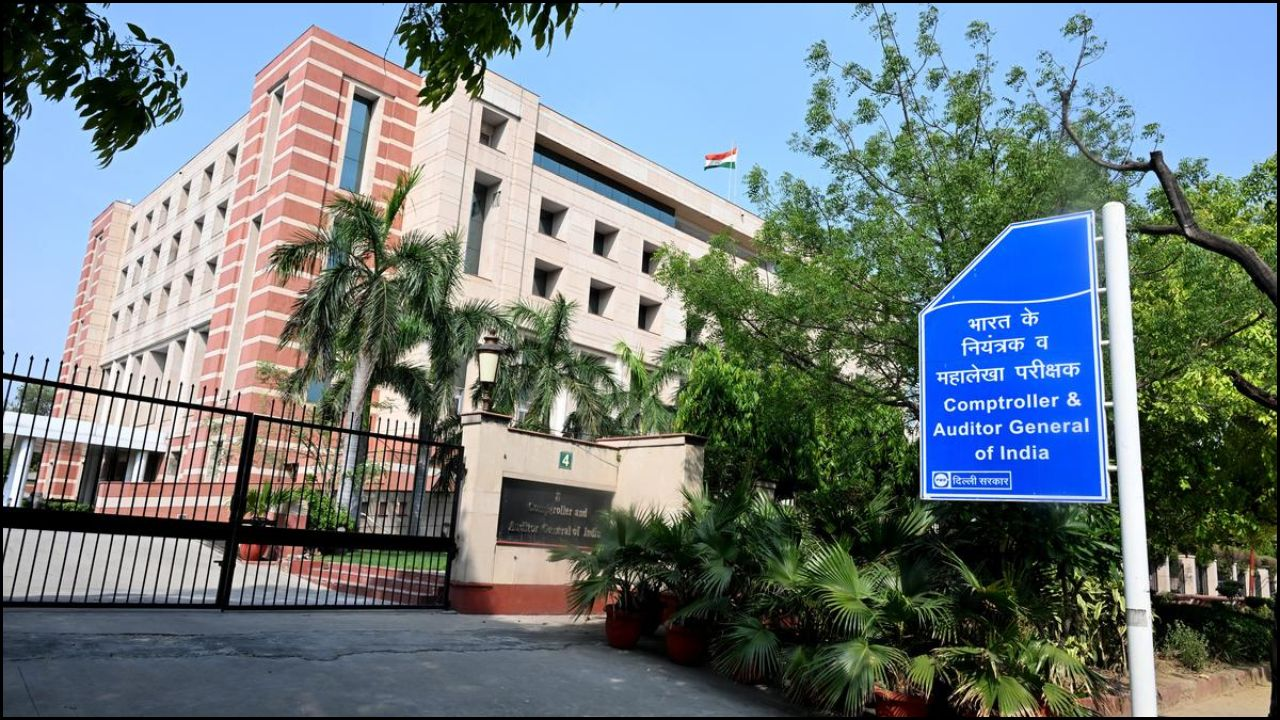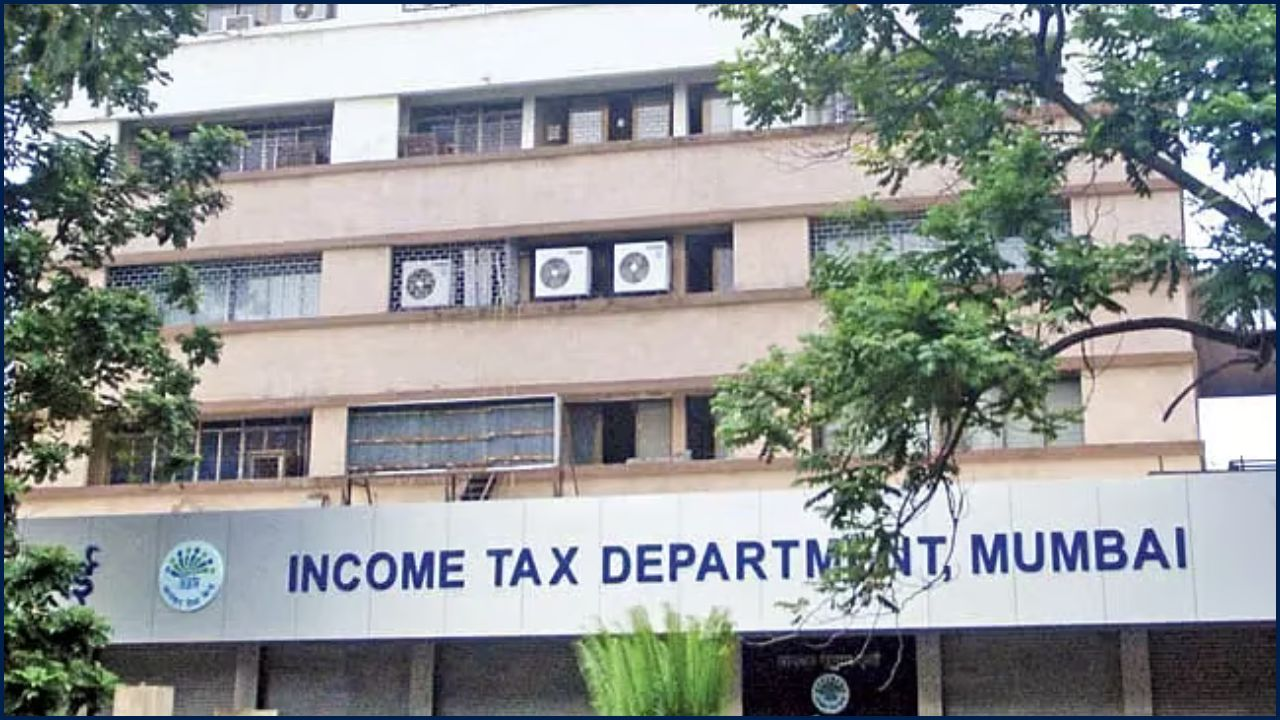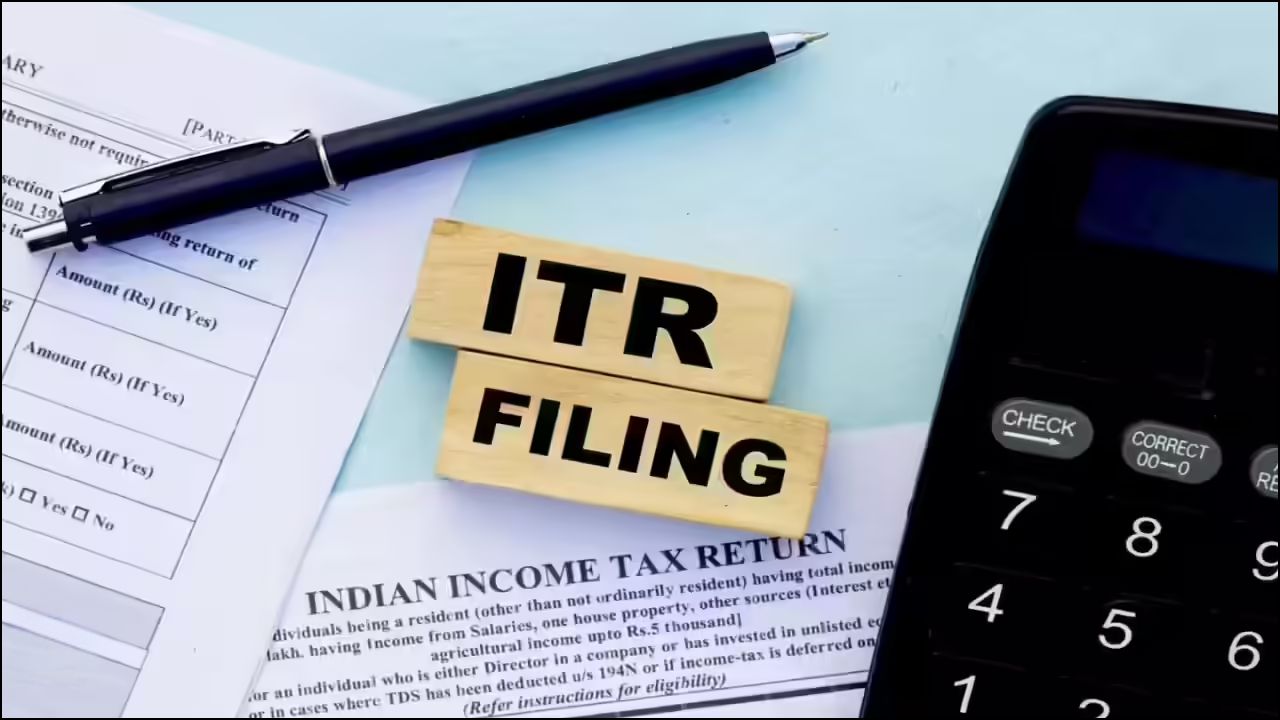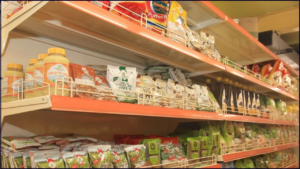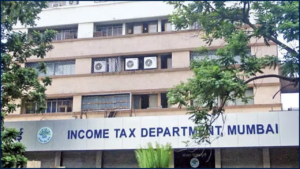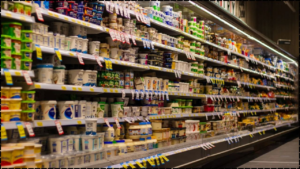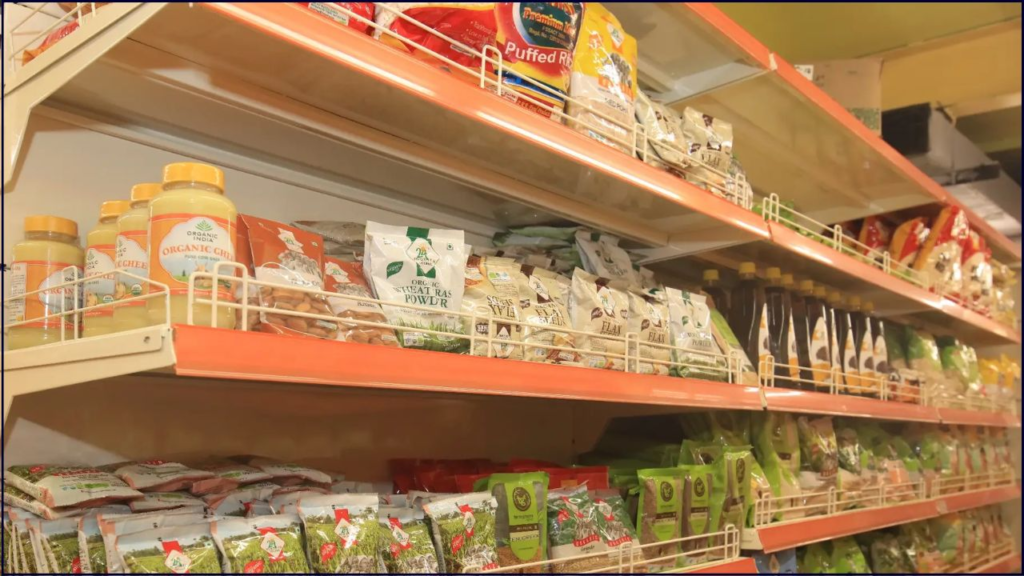
India’s new GST 2.0 regime came into effect on 22 September 2025, cutting taxes on medicines, dairy, and daily essentials while raising rates on luxury and sin goods. Officials say the reforms aim to simplify the structure and reduce consumer burden.
GST 2.0: A Shift Toward Simplification
The government introduced Goods and Services Tax (GST) 2.0 as part of a broader effort to streamline India’s indirect tax system. Finance Minister Nirmala Sitharaman said in a statement that the changes would make taxation “simpler, fairer, and aligned with public welfare priorities.”
The previous four-tier structure of 5%, 12%, 18%, and 28% has been reduced primarily to two slabs — 5% for essentials and 18% for standard goods. A new 40% rate has been introduced for sin and luxury items such as tobacco and high-end vehicles.
What’s Cheaper Now
Daily Essentials
Under the revised framework, several commonly consumed products have been shifted to the zero GST category. These include ultra-heat-treated milk, paneer, rotis, chapatis, parathas, khakhra, and pizza bread. Items like butter, ghee, dry fruits, breakfast cereals, cheese, jams, and plant-based milk are now taxed at 5%, down from previous rates of up to 18%, according to the Ministry of Finance.
Medicines and Healthcare
Healthcare received significant relief. Thirty-three life-saving drugs for cancer and rare diseases are exempted from GST, while most other medicines now attract 5% tax instead of 12%. Medical equipment such as glucometers, diagnostic kits, and thermometers have also moved to the 5% slab.
Dr. R.K. Singh, an oncologist at the All India Institute of Medical Sciences (AIIMS), welcomed the decision, stating, “The reduction in GST will directly lower treatment costs for patients battling life-threatening conditions.”
Insurance and Education
Premiums for life and health insurance are now exempt from GST, a move expected to improve coverage penetration. In education, notebooks, pencils, crayons, and sharpeners are either tax-free or taxed at a reduced rate, benefiting households with school-going children.
What Costs More
Sin Goods
Products such as tobacco, pan masala, and carbonated sugary drinks are now taxed at up to 40%. Officials argue that the hike is intended both to discourage consumption and to offset revenue losses from cuts on essentials.
Luxury Items
Clothing above ₹2,500, premium automobiles, and high-end consumer electronics remain in higher tax categories. Analysts note this reflects the government’s focus on protecting essential consumption while preserving revenue from luxury spending.
Economic and Social Impact
Economists say the GST 2.0 update is designed to provide relief to low- and middle-income households, who spend a larger share of their income on food, healthcare, and education. According to the government’s official release, the simplified structure is also expected to reduce compliance costs for businesses.
However, some industry groups remain cautious. The Federation of Indian Chambers of Commerce and Industry (FICCI) noted that while lower rates on essentials are welcome, “the high tax on luxury and sin goods may impact certain industries and employment opportunities tied to them.”
Global Context
India’s move to streamline GST aligns with recommendations from international financial institutions. The International Monetary Fund (IMF) has repeatedly urged countries to simplify tax systems to enhance efficiency and reduce evasion. India’s reform is one of the most comprehensive changes since GST was first introduced in 2017.
Tax experts say the reforms could also improve India’s competitiveness by aligning domestic taxation with global norms, particularly in sectors like pharmaceuticals and processed foods.
Conclusion
The GST 2.0 reform marks a significant shift in India’s tax policy, offering relief for essential goods while tightening levies on luxury and sin products. Whether the new framework delivers on its promises of simplification and fairness will become clearer in the coming months as consumers and businesses adjust.



